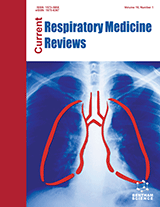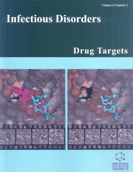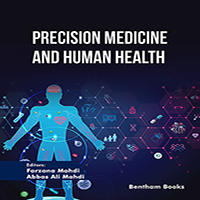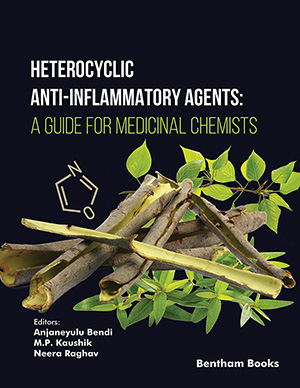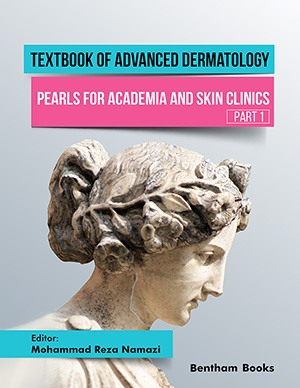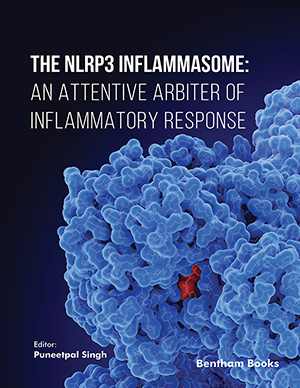Abstract
Background: Aging is associated with most neurodegenerative disorders such as Parkinson's and Alzheimer's diseases. Determination of peripheral blood biomarkers represents a low invasive approach for tracking early changes in body metabolism during aging.
Objective: This study addresses a cross-sectional analysis to identify changes in lipid, minerals, and antioxidant capacity as potential biomarkers to the onset of neurodegenerative diseases during aging.
Methods: A retrospective analysis was performed to determine age-related biomarkers from a clinical sample database. Next, one hundred volunteers between 20-59 (adult) and over 60 years (elderly) were selected for the motor and cognitive tests according to Unified Parkinson's Disease Rating Scale (UPDRS) and Mini-Mental State Examination (MMSE), respectively. Peripheral blood samples were also collected to determine circulating lipids, minerals, and antioxidant capacity.
Results: Lipid profile revealed an increase in triglycerides, total, and VLDL Cholesterol. Among the elderlies, HDL was lower than the adult group, particularly in volunteers with severe cognitive decline. Minerals involved in antioxidant defense such as iron, selenium, and manganese were lower in elderly people compared to adults. Catalase activity was also reduced among elderlies with mild cognitive impairment.
Conclusion: Here, we show changes in key serum biomarkers correlate with aging and clinical cognitive decline among elderly people. These findings may contribute to the understanding of how biomarkers can be useful for early diagnosis and treatment of aging-related diseases.
Keywords: Neurodegeneration, aging, biomarkers, hypercholesterolemia, antioxidants, diagnosis.














